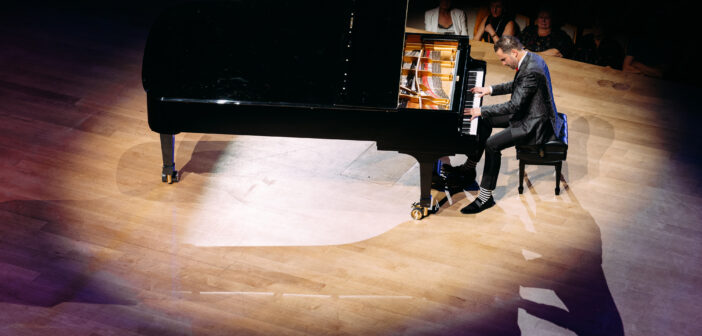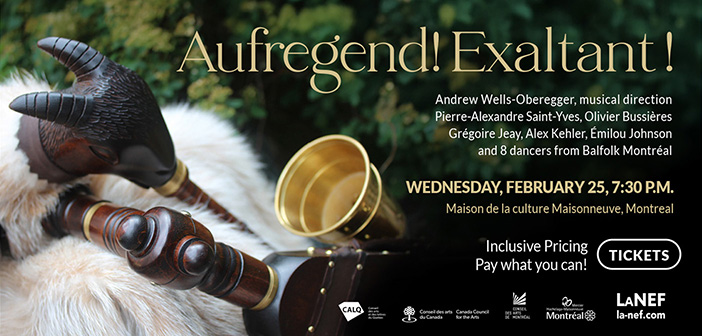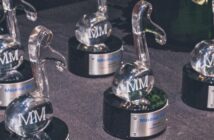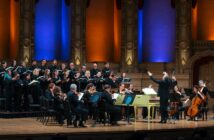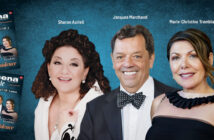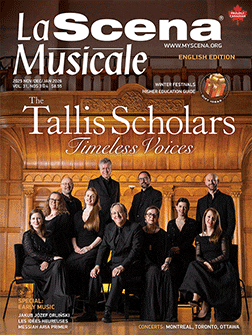George Gershwin was born on September 26, 1898; it was only fitting that his most beloved piece Rhapsody in Blue, written 100 years ago, would be celebrated in Montreal on what would have been his 126th birthday. In a night of romance and American jazz, Montérégie’s very own Jean-Philippe Sylvestre filled Maison Symphonique on Sept. 26h for a solo piano concert that also included Frédéric Chopin’s Nocturnes and Leonard Bernstein’s “Symphonic Dances” from West Side Story.
Sylvestre has won many awards worldwide, the First Prize and Audience Prize from the OSM Competition, the esteemed Virginia Parker Prize, and the John Newmark Prize at the Prix d’Europe Competition amongst the extensive list. He is no stranger to the world’s stages, and recently returned from tours to both South Africa and China.
Rhapsody for solo piano
Rhapsody in Blue itself was written in an impressive three weeks for a somewhat out-of-the-blue deadline, yet has carved itself into history as an experimental blend of classical and jazz music. Gershwin himself wanted to ‘kill the misconception’ that jazz was meant to be in strict time. With no set story in mind, Gershwin combined a variety of styles and themes in the concerto, lending to the fusion that we know today.
A signature element of Rhapsody in Blue of the original orchestrated version is the opening clarinet solo, marked by a striking glissando that soars upwards. The solo piano rendition of this glissando obviously sounded different, replacing the warm sweeping effect from the clarinet with a more percussive and scale-like ascent. However, it is probably unfair to compare solo piano versus the full orchestral version.
Sylvestre was still able to highlight its key themes and melodies, keeping the original spirit in his arrangement. Though this solo piano version was missing a hit of the jazzy vibe that comes from a fuller orchestra, Sylvestre used heavy syncopations and the broad dynamic scale of the piano to his advantage to create a jaunty and chugging feeling. A lighter and leisurely transition evoked feelings of longing and romance, while the call-and-answer between his hands (the theme and a 1-2-3 pattern originally echoed by brass) highlighted the conversational passage of the Love theme.
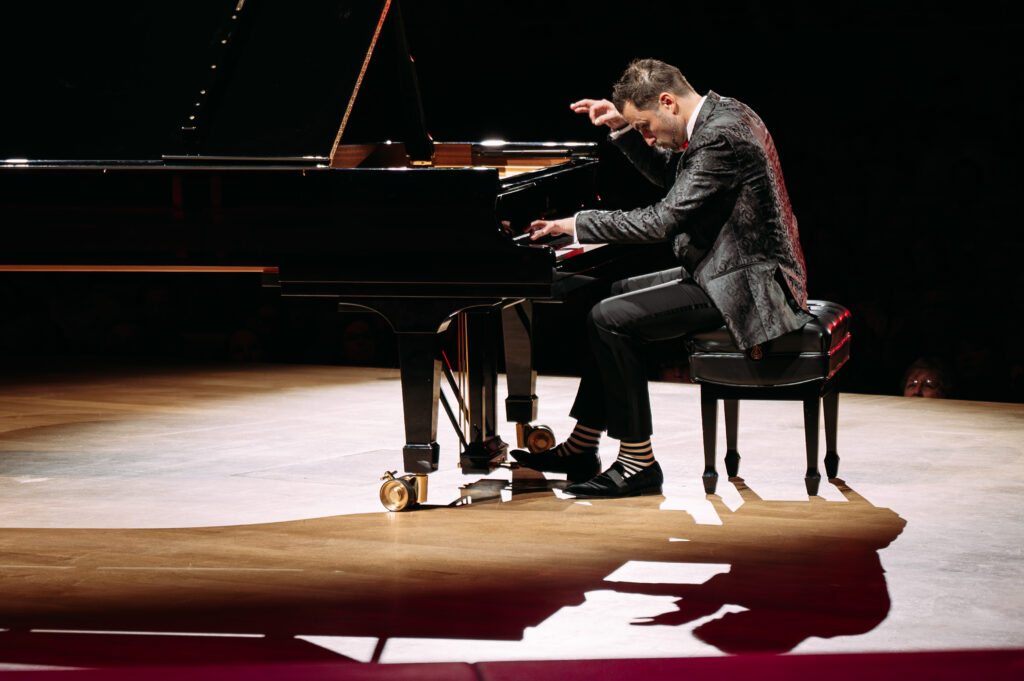
Photo: Tam Photography
Following the Gershwin, Sylvestre jumped into four shorter pieces by Chopin: Fantaisie-Impromptu, Nocturne op. 9 no.2, Nocturne op. 9 no. 1, and his Ballade no.1. The first three were slower: Fantaisie soft and dreamy, the Nocturne no. 2 crisp and nostalgic to all, and Nocturne no. 1 flowing, darker, and intriguing. The Ballade was heavier, shifting from slow sorrow to dramatic ferocity with big flourishes from Sylvestre.
Then, onto Franz Liszt’s Liebestraum no. 3 with its beautiful upward modulations and resolutions followed by emotive outbursts. Following the intermission, Sylvestre played Alexander Scriabin’s Sonata no. 4, a twinkling piece that accelerates throughout into a dance before launching into a rather chaotic and furious finale. Sylvestre played this with gusto, even flicking his suit jacket backwards with flair before attacking the final chords.
Aside from Rhapsody in Blue, the standout piece of the night was Bernstein’s “Symphonic Dances” from West Side Story. Following a long speech explaining its various motifs, movements, and plots, Sylvestre sat down to tell the story of a forbidden romance budding amongst gangs through his instrument.
Like Rhapsody in Blue, this piece seemed to be missing something compared to the orchestral original. Yet whether or not one had seen West Side Story or heard the suite before in its entirety, Sylvestre was certainly able to highlight the different themes that emerged from the original orchestration. He mined dissonance well to evoke mischief from the Jets and the Sharks, and he created innocent romance throughout the “Maria” sections. Sylvestre even added his own finger snaps to his playing and shouted “Mambo!” in the dance segment, just like in the musical. He was incredibly spirited and expressive, bringing the jazzy pieces to life.
Gripes:
Sylvestre has a wonderful flair for the dramatic, which is an asset in emphatic and rhythmic pieces. However, his interpretations occasionally felt a bit excessive, overshadowing the original compositions. For instance, his Nocturne op.9 no. 2 was played quite slowly, with added pauses for dramatic effect that unnecessarily dragged things out .
Similar moments in the “Symphonic Dances”, including the “Somewhere” section which is meant to be heart-wrenching, felt more lingering than poignant. Additionally, I would have liked to hear more separation between chords in “America” to enhance its jazz feel. Greater dynamic contrast between his right and left hands in the Chopin and Liszt pieces would have also brought out clearer and cleaner melodies.
With such an expansive program, Sylvestre created a vibrant and captivating atmosphere. I truly enjoyed the stylistic variety in his repertoire. It was a pleasure to witness this homage to jazz, romanticism, and experimental sound. Sylvestre’s beautiful playing and excellent technique, combined with his infectious passion, made for a wonderful night for the whole audience.

